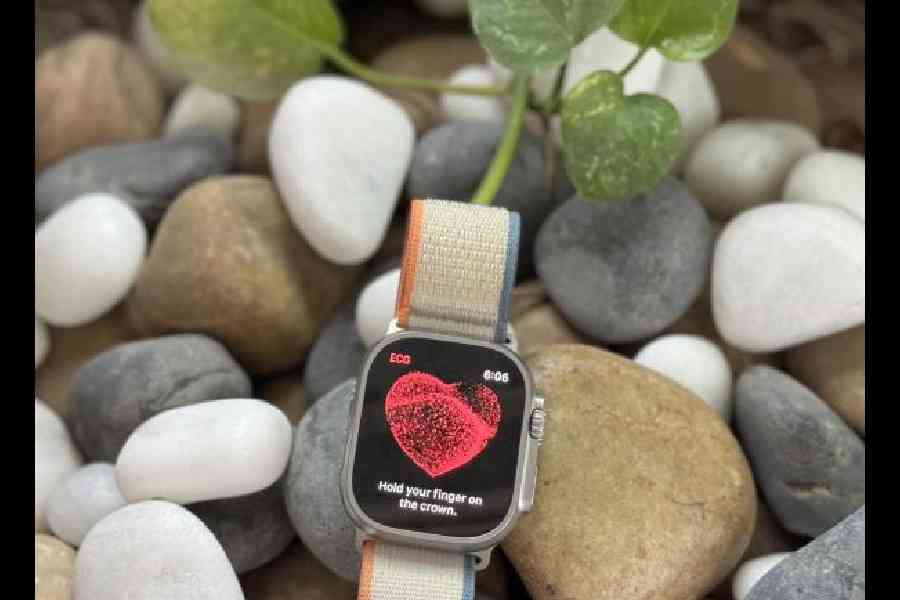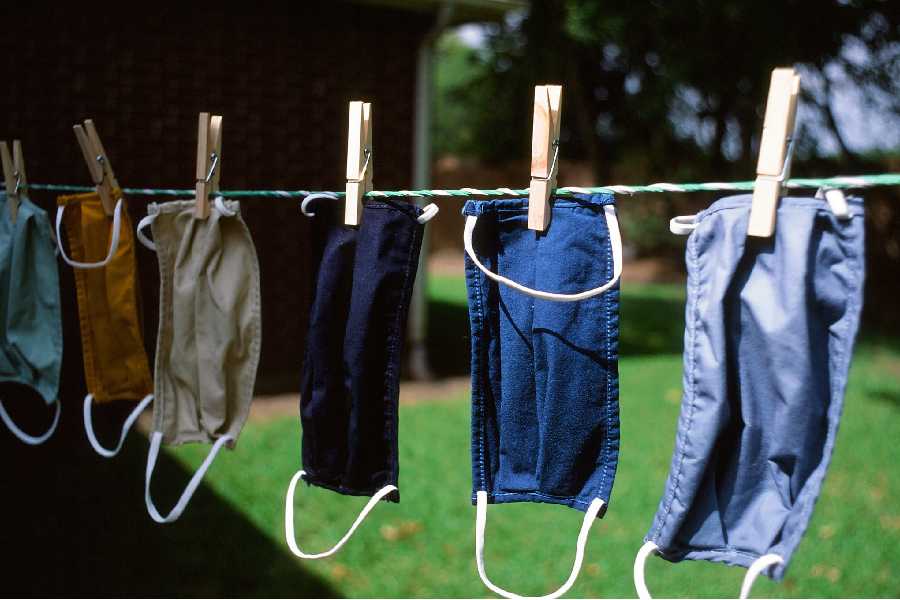Earlier this week, the Apple Watch’s atrial fibrillation (AFib) history feature, which records and alerts the wearer’s relevant heart events, received a nod to join FDA’s Medical Device Development Tools (MDDT) programme, which is a first for a “digital health technology”.
The news comes soon after an Apple Watch alert helped save the life of Delhi-based Sneha Sinha. The device alerted the policy researcher of extremely high heart rate (240-plus bpm) and onset of atrial fibrillation (AFib). After the watch showed AF, she was rushed to the hospital where doctors could not read blood pressure in her body.
“After I arrived home from work, I experienced heart palpitations. My Apple Watch had discharged, so I waited for it to switch on. Once it did, it consistently displayed a high heart rate and advised me to see a doctor. Despite my efforts to stabilise and normalise my heart rate with deep breathing, the prominent jugular pulsations in the neck and racing beat in the chest persisted for more than two hours,” Sneha told t2.
Doctors had to administer three DC shocks (direct current cardioversion) to revive heart’s sinus rhythm and subsequently, she was shifted to the intensive care unit.
“If the Apple Watch hadn’t shown AF, I would have waited until morning to see a doctor, given that it was already midnight. My parents and friends rushed me to the hospital. After struggling for about two and a half hours, I finally reached the emergency just in time, according to the doctors,” she said.
Sneha believes had the Apple Watch not detected the serious heart condition, she would have lost her life.
“The briefing to the doctors and nurses at the ER about my heart condition was totally based on the Apple Watch records and notifications. They immediately checked my pulse and conducted an ECG. The recorded pulse rate was over 256 beats per minute, accompanied by an abnormal ECG reading. There was no detectable blood pressure in my body. They administered oxygen support, performed vagal manoeuvres, injected medicines to control the tachycardia. After several unsuccessful attempts to lower my heart rate, they finally administered three DC shocks to restore normal sinus rhythm. The following morning, I provided detailed information to the cardiologists based on the data recorded by my Apple Watch, including the signs of AF that were flagged by the watch. Since the episode, I have been regularly monitoring my heart rate on the Apple Watch to track my recovery and share the same with my cardiologist. Looks like the Watch is going to be my companion for years to come,” said Sneha, who leads an active lifestyle, often going on treks.
We often forget the important distinction between screening and diagnosing. And that’s where the Apple Watch comes in. “In my case the Apple Watch certainly played a critical role in diagnosing and saving my life although I feel that it can be significantly effective in screening irregular heart rhythms. It can record the variations and detect abnormal patterns, often showing episodes of tachycardia and bradycardia, and serve as an early warning system, prompting users to seek professional healthcare advice in time.”
Sneha, who holds a PhD in science policy studies from the Jawaharlal Nehru University, is recovering well. “As a passionate mountain enthusiast who enjoys trekking and hiking in high-altitude regions, I’m looking forward to travelling again. My cardiologist says I’ll be ready to climb Everest very soon.”
And she did hear from Apple CEO Tim Cook and his team. “I received an email from Tim within just a few hours of writing to him. He wrote ‘I’m so glad you sought medical attention and received the treatment you needed. Thanks so much for sharing your story with us.’”
At a glance
What is AFib? Atrial fibrillation is a type of irregular heart rhythm where the upper chambers of the heart beat out of sync with the lower chambers. According to the CDC in America, approximately
2 per cent of people younger than 65 years old and 9 per cent of people 65 and older have AF. Irregularities in heart rhythm become more common as people get older. Some individuals with AF don’t experience any symptoms. Others experience symptoms that could include rapid heartbeat, palpitations, fatigue or shortness of breath.
How can the Apple Watch help? With the ECG app, patients who experience symptoms such as rapid or skipped heartbeat, or receive the irregular rhythm notification, can capture an ECG and record their symptoms. The irregular rhythm notification occasionally checks for signs of irregular rhythms that may be suggestive of atrial fibrillation. This feature won’t detect all instances of AFib but may catch something that can provide your patients with an early indication that further evaluation may be warranted.










